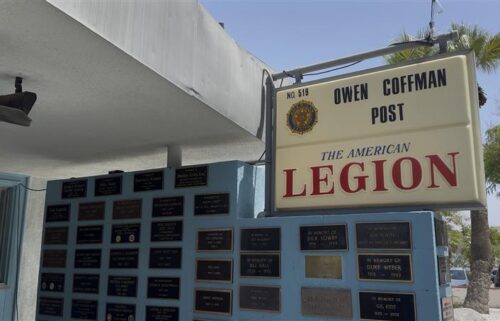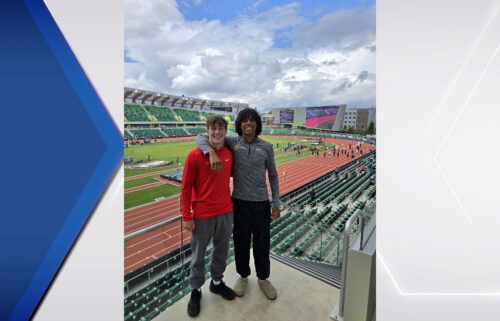Groundwater in the Colorado River Basin is being depleted. What that means for the Coachella Valley
THOUSAND PALMS, Calif. (KESQ) – New research is showing that groundwater from the Colorado River Basin, or CRB, is depleting more quickly than most first thought.
Researchers from Arizona State University published the research letter just last week. They say since 2003, enough groundwater has been pumped out of the Colorado River Basin to fill Lake Mead (which has already lost significant surface water itself).
More alarmingly, researchers point out, is data they found showing an acceleration in groundwater usage in the past decade.
Using observations from NASA's GRACE satellite, the team of researchers were able to track changes to the desert Southwest's groundwater usage. By comparing gravitational anomalies within water trapped in snowpacks and surface water (any water the collects in rivers, lakes, etc.), they were able to find the amount of groundwater has been pumped out of the Colorado River Basin.
Researchers say over-pumping the Colorado River Basin could have long-lasting impacts for the seven states and Mexico that use this water source. This could result in wells drying, land subsidence, and future water shortages.
Karem Abdelmohsen, a postdoctoral researcher who worked to publish the study, said in an interview with News Channel 3, "If we continue in the same rate of pumping, this might actually impact both farming and city water supplies."
"It is very concerning because groundwater acts like a backup storage during the droughts and we are using it faster than it can refill."
Groundwater takes significant time to replenish itself. According to Abdelmohsen, both ways to recharge an aquifer – naturally, through rainfall or infiltration from bodies of water, like rivers, or artificially – are incredibly slow processes. That's why the nearly 28 million acre-feet of water extracted from the CRB over the past two decades is alarming researchers.
Correcting course and striking a balance is key, but would require significant change for the agencies that manage this water usage.
"To reach sustainable water use, you need to make like [a] kind of balance between how much you are extracting and how much your aquifer is getting recharged," Abdelmohsen said.
The Coachella Valley, however, has its own groundwater source: the Coachella Valley aquifer. This aquifer is largely independent from the Colorado River Basin (CRB) and its groundwater, but local water agencies do use CRB water to refill our aquifer's recharge ponds in Whitewater and Mission Creek.
According to the Coachella Valley Water District, which manages the desert's aquifer, plans have been in place to strike the balance that researchers advocate for.
Their website reads in part: "The Coachella Valley groundwater basin is balanced (sustainable yield) due to the implementation of the Sustainable Groundwater Management Act (SGMA) and the SGMA Alternative Plans for the Indio Subbasin Water Management Plan Update and the Mission Creek Subbasin Water Management Plan Update."
These plans are helping the Coachella Valley's aquifer remain sustainable, and if CRB groundwater is cut from replenishing the aquifer, CVWD tells News Channel 3 that their history of sustainable planning can prevent disruption to our water supply.




